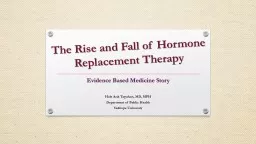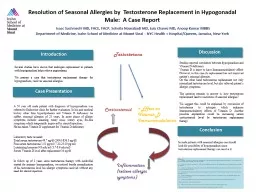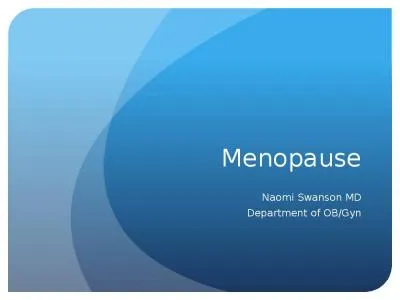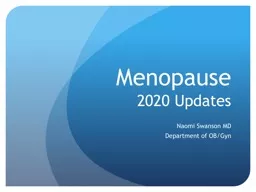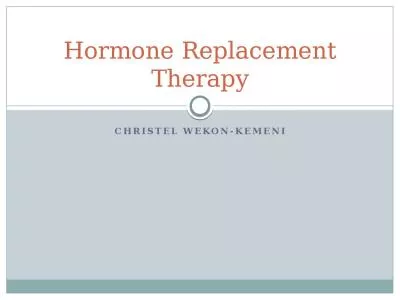PPT-The R i se and Fall of Hormone Replacement Therapy
Author : briana-ranney | Published Date : 2018-09-23
Evidence Based Medicine Story Hale Arık Taşyıkan MD MPH Department of Public Health Yeditepe University Do we really know what makes us healthy What
Presentation Embed Code
Download Presentation
Download Presentation The PPT/PDF document "The R i se and Fall of Hormone Replace..." is the property of its rightful owner. Permission is granted to download and print the materials on this website for personal, non-commercial use only, and to display it on your personal computer provided you do not modify the materials and that you retain all copyright notices contained in the materials. By downloading content from our website, you accept the terms of this agreement.
The R i se and Fall of Hormone Replacement Therapy: Transcript
Download Rules Of Document
"The R i se and Fall of Hormone Replacement Therapy"The content belongs to its owner. You may download and print it for personal use, without modification, and keep all copyright notices. By downloading, you agree to these terms.
Related Documents

